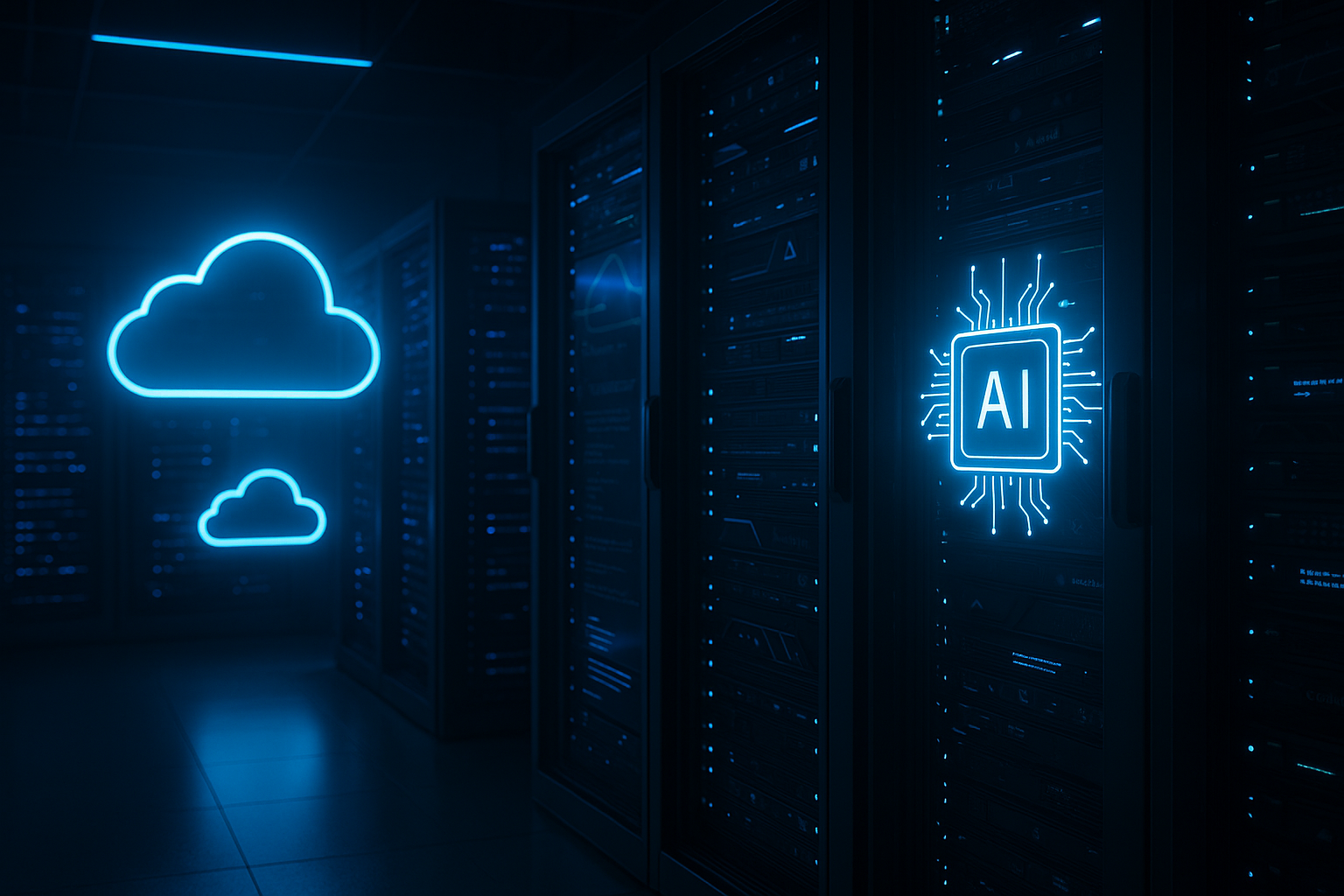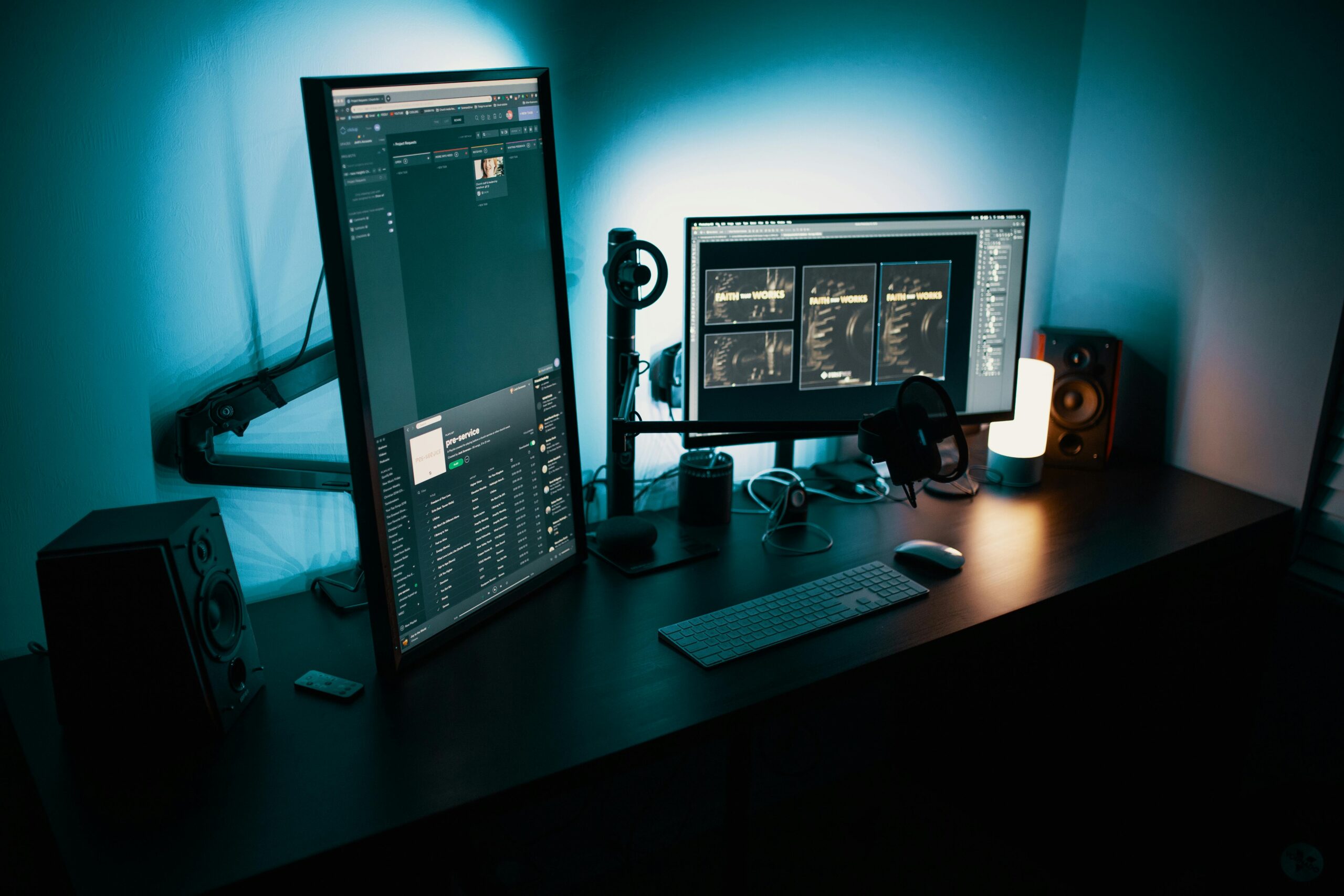Introduction
Computing in 2025 is more powerful, decentralized, and intelligent than ever before. As the digital landscape evolves, businesses and developers must stay updated on emerging technologies and computing paradigms to stay competitive.
This blog explores the key computing trends shaping 2025, including cloud evolution, edge computing, sustainable infrastructure, quantum computing, and AI integration. Whether you’re in IT, development, or business strategy, these insights will keep you ahead of the curve. Additionally, we’ll examine the implications of these trends on the workforce, education, and business strategy.
1. Cloud-Native Everything
Cloud-native technologies have moved from buzzword to baseline. In 2025, businesses are embracing serverless architectures, containerization, and microservices to boost scalability and efficiency.
Why it matters: Cloud-native systems reduce infrastructure management, speed up deployment, and lower costs.
Deep Dive:
- Serverless functions are now common in event-driven applications, allowing rapid development cycles.
- Containers (like Docker) enable consistent environments from development to production.
- Kubernetes and orchestration tools manage scalable workloads automatically.
Case Study: Netflix uses microservices extensively to handle millions of global users while ensuring uptime and performance.
2. Edge Computing Goes Mainstream
Edge computing is now essential for low-latency apps. Processing data closer to the source (e.g., IoT devices, smart cameras) improves performance in sectors like healthcare, manufacturing, and retail.
Example: Smart factories using edge AI to detect faults in real-time.
Benefits:
- Reduced latency
- Lower data transmission costs
- Enhanced data privacy
Real-World Impact: In autonomous vehicles, decisions must be made in milliseconds—edge computing handles this need by processing sensor data locally.
3. AI-Accelerated Workloads
AI is deeply embedded in computing infrastructure. Specialized chips (like TPUs and GPUs) handle AI workloads more efficiently, powering everything from automation to intelligent search.
Impact: Businesses use AI not just for analytics but also in real-time operations, customer service, and development.
Example:
- Banks use AI to detect fraud in transactions as they occur.
- Healthcare providers implement AI in diagnostics to increase speed and accuracy.
Tools to Watch:
- TensorFlow, PyTorch, HuggingFace
- AI Ops platforms for infrastructure monitoring
4. Sustainable Computing
Green tech is a computing priority in 2025. Energy-efficient data centers, carbon-aware scheduling, and responsible e-waste management are now competitive advantages.
Trend: Cloud providers race to offer carbon-neutral or carbon-negative services.
Key Practices:
- Using renewable energy for powering data centers
- Designing software for energy efficiency
- Lifecycle management of IT equipment
Insight: Tech giants like Google and Microsoft aim for net-zero carbon emissions by 2030, leading industry-wide change.
5. Quantum Computing Momentum
Still early, but maturing. Quantum computers are now solving narrow use cases in logistics, cryptography, and pharmaceuticals that classical machines can’t handle efficiently.
Forecast: More startups and cloud platforms will offer quantum-as-a-service (QaaS).
Applications:
- Drug discovery simulations
- Optimization in supply chain logistics
- Financial modeling and risk assessment
Limitation: Requires specialized knowledge and is not yet ready for general-purpose use, but it is advancing rapidly.
6. DevOps + GitOps Everywhere
Developers manage infrastructure with the same version control and CI/CD pipelines used in code. GitOps boosts security, speed, and repeatability in deployment.
Why it matters: Enables full automation of cloud resources with minimal human error.
Key Benefits:
- Infrastructure as code (IaC)
- Faster rollback and recovery
- Greater traceability and auditability
Tools: GitLab, ArgoCD, Terraform, Flux
7. Computing Becomes More Human-Centered
User-focused design in computing tools is growing. Platforms prioritize intuitive UIs, natural language interfaces, and low-code development for broader accessibility.
Goal: Empower more people to solve problems with computing—without needing deep technical expertise.
Examples:
- ChatGPT and Copilot for coding assistance
- Webflow and Bubble for web development without code
Future Outlook: Democratization of technology will bring millions of non-technical users into digital creation.
8. Privacy-Enhancing Computation
With stricter privacy regulations globally, privacy-enhancing computation (PEC) is gaining traction.
What It Is: Methods like federated learning, homomorphic encryption, and secure multi-party computation allow data analysis without exposing raw data.
Use Cases:
- Collaborative AI training across hospitals without sharing sensitive patient data
- Advertising personalization without compromising user privacy
9. Growth of Industry-Specific Clouds
Cloud platforms are now tailored to industries like healthcare, finance, and manufacturing.
Benefits:
- Compliance-ready infrastructure
- Pre-configured workflows
- Enhanced security models
Example: Google Cloud’s Healthcare API simplifies data interoperability for medical records.
10. AI + IoT Integration
AIoT (Artificial Intelligence of Things) is on the rise, where intelligent algorithms make sense of sensor data.
Applications:
- Smart cities
- Environmental monitoring
- Predictive maintenance in heavy industries
Impact: Efficient resource use, better public services, and smarter business operations.
Conclusion
In 2025, computing isn’t just a support system—it’s a strategic engine for innovation, sustainability, and empowerment. Whether it’s AI, edge, cloud, or quantum, the trends we see today are redefining how we interact with technology.
Call to Action: Stay curious. Adopt new tools. Focus on sustainable, user-friendly solutions. The future of computing belongs to those who evolve with it.



